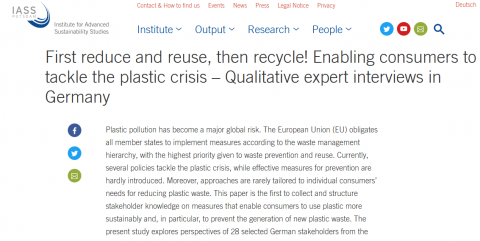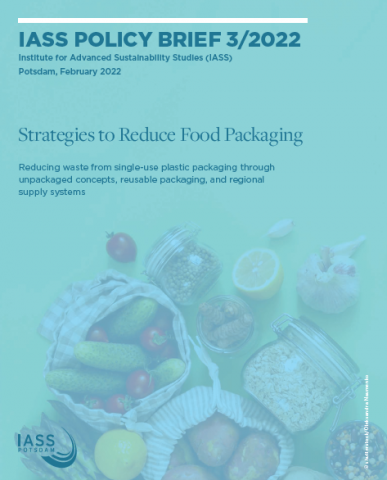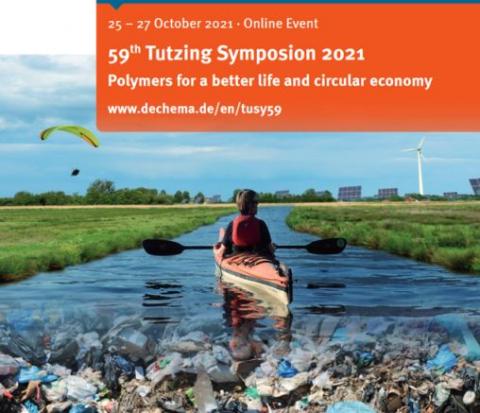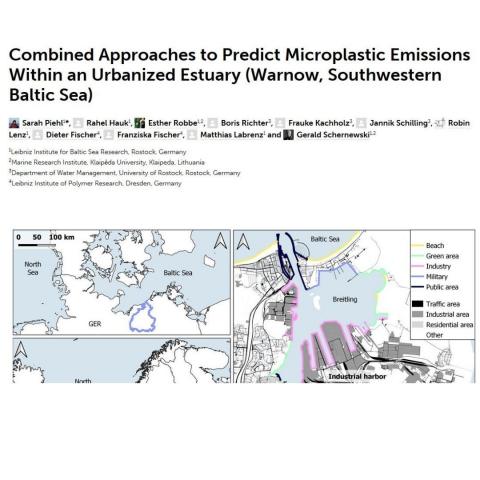Publications
Microplastics (MP) enter the aquatic environment via several pathways. Many research groups have focused on municipal discharge, while research on industrial sources is rare.
This brochure is the short version of the publication Key Messages of the BMBF Research Focus "Plastics in the Environment". It summarizes the most important key messages from all 20 joint research projects and the seven cross-cutting topics of the research focus.
An estimated 11 billion cigarette filters are released into the environment in Germany every year. They are mostly made of cellulose acetate, a type of plastic. In addition, cigarette filters also contain numerous other toxins.
This figure is surprising: every year in Germany, about 1.2 kilogrammes of tyre wear
A large volume of microplastics from sports and outdoor textiles enters the water cycle through washing. It is possible, however, to take countermeasures as early as the production stage. Consumers, too, can take measures themselves.
Many consumers would like to see the amount of plastic involved in their shopping decrease. Researchers have investigated how this can be achieved and have discovered many obstacles that demonstrate that the road to a plastic-reduced shopping world is still a long one.
Every year, more than 19,000 tonnes of plastics end up in the soil in Germany. Little is known about the consequences, but a scientific assessment suggests that rapid and comprehensive countermeasures should be taken.
The publication summarizes the key messages from all 20 joint research projects and the seven cross-cutting topics of the research focus. Structured by main topics, the central results are presented in order to derive recommendations for various addressees.
The volume of plastics entering the environment is growing worldwide. Since existing regulations are not sufficient to curb the problem, the ever-increasing plastic production and use must be reduced. A systemic approach is needed that holds all actors responsible who produce, use, recycle, dispose and trade in plastic products and packaging.
Plastic pollution has become a major global risk. The European Union (EU) obligates all member states to implement measures according to the waste management hierarchy, with the highest priority given to waste prevention and reuse.Currently, several policies tackle the plastic crisis, while effective measures for prevention are hardly introduced.
Plastic waste is perceived as one of the major environmental problems of our times. Nevertheless, rates of consumption of plastic packaging are constantly increasing. Based on focus group discussions with German consumers this study identified personal and structural barriers that hinder a reduced plastic packaging consumption.
The high volume of plastic packaging currently consumed in Germany poses a complex socio-ecological risk. As part of the BMBF-funded ENSURE research consortium, environmental psychologists at the Institute for Advanced Sustainability Studies (IASS) in Potsdam have studied various policy options to promote a reduction in individual consumption of plastic food packaging.
For quality assurance of ecotoxicological studies with microplastics, minimum reporting requirements should be followed. This poster is a guideline for the use of these criteria.
The article reflects on the 59th Tutzing Symposion entitled "Polymers for a better life and circular economy" that took place as an online event in October 2021.
The effects of microplastics on the environment and organisms have not yet been sufficiently studied. However, it has been proven that microplastics can adsorb (harmful) organic substances due to their surface and material properties. These substances can accumulate in the fatty tissue of organisms and cause damage to the organism.
Abstract: Microplastic river emissions are known to be one of the major sources for marine microplastic pollution. Especially urbanized estuaries localized at the land-sea interface and subjected to microplastic emissions from various sources exhibit a high microplastic discharge potential to adjacent coasts.














